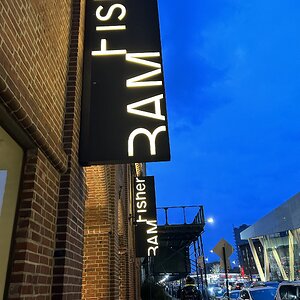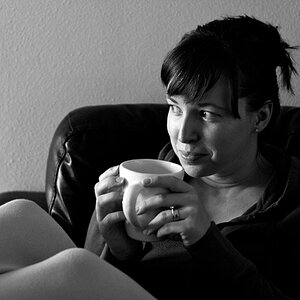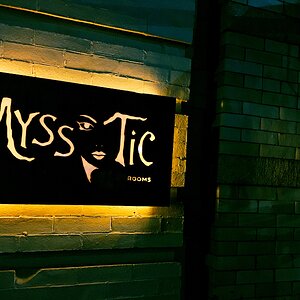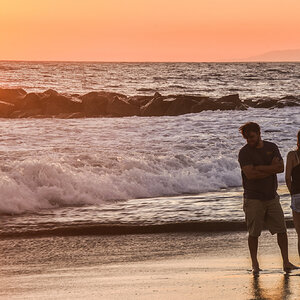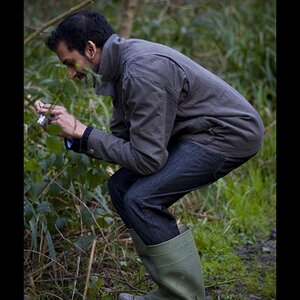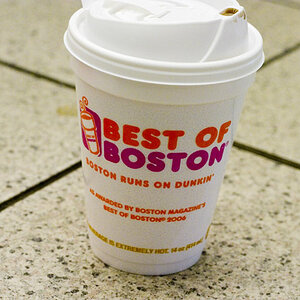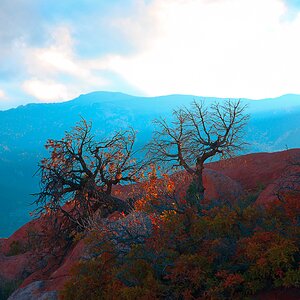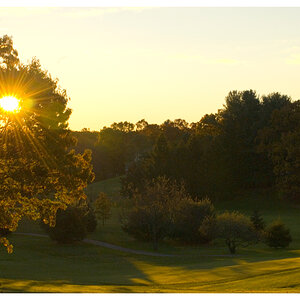loves_guitar
TPF Noob!
- Joined
- Oct 12, 2006
- Messages
- 88
- Reaction score
- 0
- Location
- BC, Canada
- Can others edit my Photos
- Photos OK to edit
W.Smith said:Why don't you? So you can see for yourself if and how it works. Then you can tell us!
The proof of the pudding is in the eating, after all.
Of course a coffee filter is an expensive purchase....
Hey, sorry Fresh Prince. I literally was sitting in the doctors office at 5pm, read it in an article, and then was reading about flash diffusers on here at 9pm! I just thought I'd throw in my two cents and see if anyone had heard of it before.
I don't have a flash aside from my on-camera flash (D70s), but I will try in the coming days.
Say hi to Uncle Phil for me.
/j





